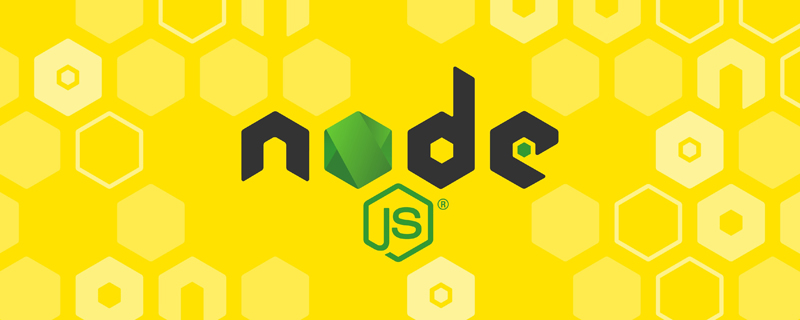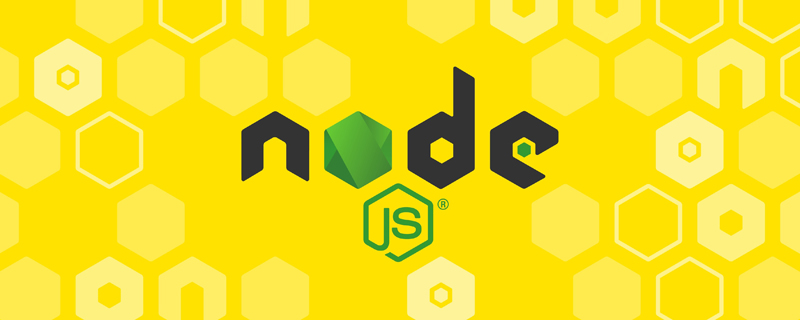Last week I came into contact with the sails framework by building a CMS system and learned some ORM concepts. This week I started to delve into the background data interaction and found that the twenty framework's data structure has been designed on sails (such as node and category). I have to say that my senior is really awesome. However, the complexity has also increased. My task in the DTree project is to use sails to interact with business processes and databases. The rest of the week is all about using sails.
Introduction to sails
Sails, like ruby on rails, is a framework designed to make web development easier. As far as I know during this period, it completely inherits some APIs of Express&Socket.io, and uses waterline (ORM) for unified database interaction, so that CRUD operations can be completed in different database environments without directly modifying the code; and The backbone framework synchronizes front-end and back-end data, and uses policies middleware for secure verification and interaction. Its own blueprints can interact with data through the RESTfull API without coding a single line in the front-end and back-end.
Socket.io & Express
I have learned these two things during the front-end time, one is websock communication, and the other is processing HTTP requests. sails did not redesign it but directly used these two tools to handle these functions, which greatly reduced the learning cost. Socket.io triggers messages on both the server and client sides, listens for messages, and acts accordingly.
`
//Server side
io.sockets.on("connection", function(sock){
sock.emit("normalMessage",{a:"c"});
});
//Customer service
sock.on("normalMessage", function(json){...});
`
The role of Express lies in routing operations, such as app.get('/login', function(req, res){});.
Sails Blueprints & Backbone
In web development, CRUD is a type of similar operation, such as get/post in http and select/insert in the database. The blueprint API of sails and the backbone framework of js both use a unified function (such as findOne), so that when the program establishes the model and the corresponding controller, the internal logic has already been established. For example, the commonly used users model in sails has a self-built controller to transmit and store users data. All we need to pay attention to is the specification of file names and business processes. If you want to override (overload) the original method, it is also possible. After we set the action and controller in the routes in the config folder, we can add the functions we need in the corresponding controller.
Waterline
The API of sails, a dependency package, is used to interact with the database, such as create(), findOne(), update(), etc. As mentioned before, we can call these methods directly without worrying about different database tools. For example, when entering data
`
Users.create({username: username, password: password}).exec(function(error, user) {
if (error) {
res.send(500, {error: "DB Error"});
} else {
req.session.user = user;
res.send(user);
}
`
The system defaults to the local file system to save data. If we need to choose mysql or mongoDB. Just modify it in the configuration file and select the adapter of the database to interact with the data.
Policies
Middleware applied on the controller, running before the http request is issued. Identity control can be implemented, for example, you can only take next actions after logging in.
`
if(req.session.user){
var action = req.options.action;
If(action == "create"){
req.body.userId = req.session.user.id;
req.body.username = req.session.user.username;
}
next();
}else{
res.send("You Must Be Logged In", 403);
}
`
next
Sails has been successfully used, but more work needs to be done on this. Only by laying a solid foundation can we achieve specific needs. So I have to continue learning, find more routines to learn sails in depth, and also know the limitations of this framework.
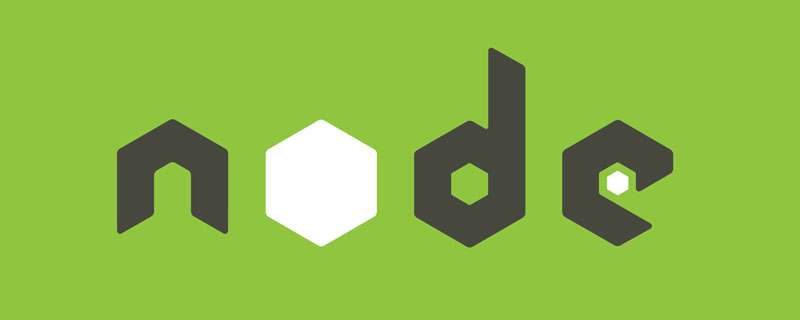 Vercel是什么?怎么部署Node服务?May 07, 2022 pm 09:34 PM
Vercel是什么?怎么部署Node服务?May 07, 2022 pm 09:34 PMVercel是什么?本篇文章带大家了解一下Vercel,并介绍一下在Vercel中部署 Node 服务的方法,希望对大家有所帮助!
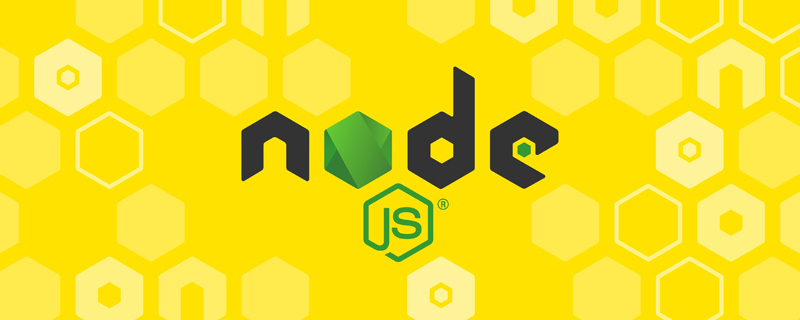 node.js gm是什么Jul 12, 2022 pm 06:28 PM
node.js gm是什么Jul 12, 2022 pm 06:28 PMgm是基于node.js的图片处理插件,它封装了图片处理工具GraphicsMagick(GM)和ImageMagick(IM),可使用spawn的方式调用。gm插件不是node默认安装的,需执行“npm install gm -S”进行安装才可使用。
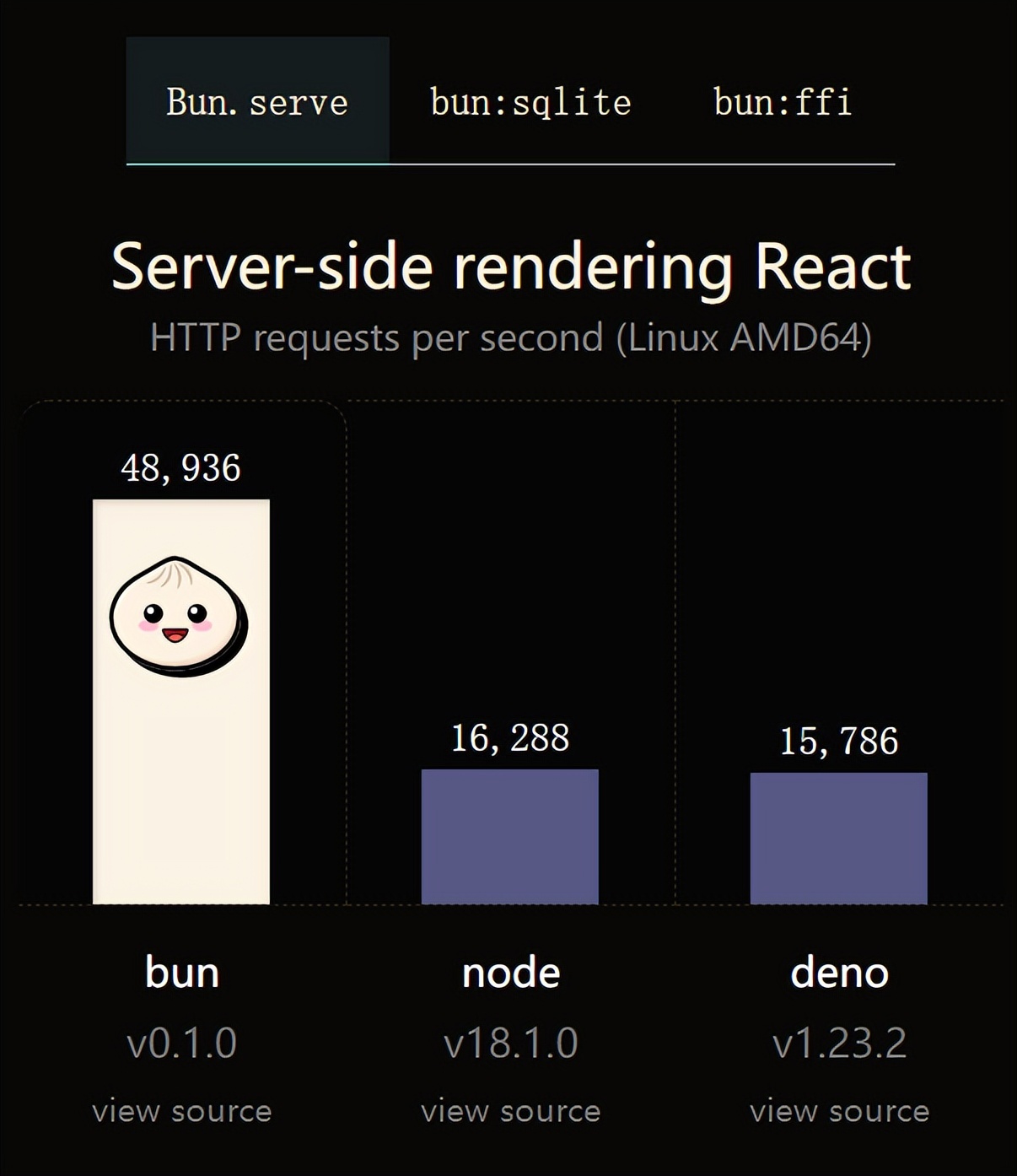 火了!新的JavaScript运行时:Bun,性能完爆NodeJul 15, 2022 pm 02:03 PM
火了!新的JavaScript运行时:Bun,性能完爆NodeJul 15, 2022 pm 02:03 PM今天跟大家介绍一个最新开源的 javaScript 运行时:Bun.js。比 Node.js 快三倍,新 JavaScript 运行时 Bun 火了!
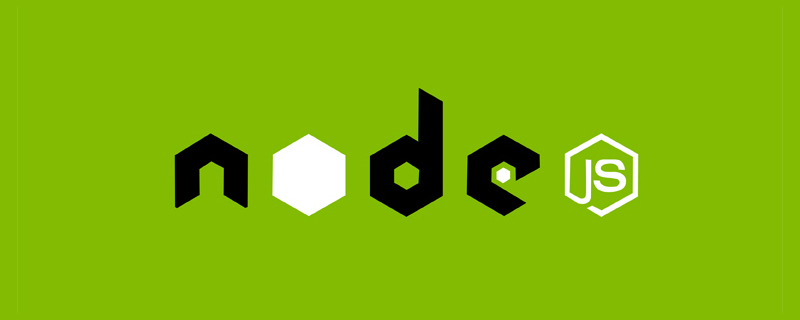 聊聊Node.js中的多进程和多线程Jul 25, 2022 pm 07:45 PM
聊聊Node.js中的多进程和多线程Jul 25, 2022 pm 07:45 PM大家都知道 Node.js 是单线程的,却不知它也提供了多进(线)程模块来加速处理一些特殊任务,本文便带领大家了解下 Node.js 的多进(线)程,希望对大家有所帮助!
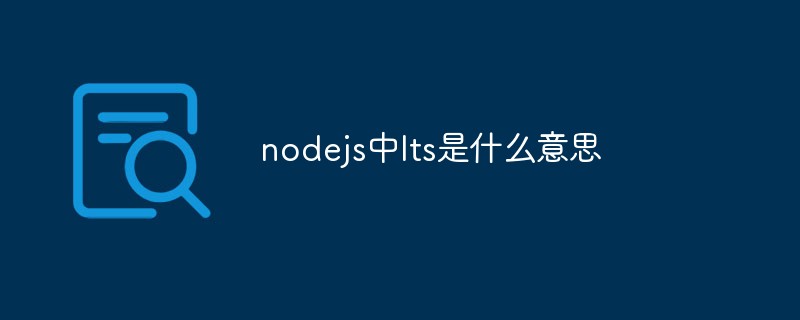 nodejs中lts是什么意思Jun 29, 2022 pm 03:30 PM
nodejs中lts是什么意思Jun 29, 2022 pm 03:30 PM在nodejs中,lts是长期支持的意思,是“Long Time Support”的缩写;Node有奇数版本和偶数版本两条发布流程线,当一个奇数版本发布后,最近的一个偶数版本会立即进入LTS维护计划,一直持续18个月,在之后会有12个月的延长维护期,lts期间可以支持“bug fix”变更。
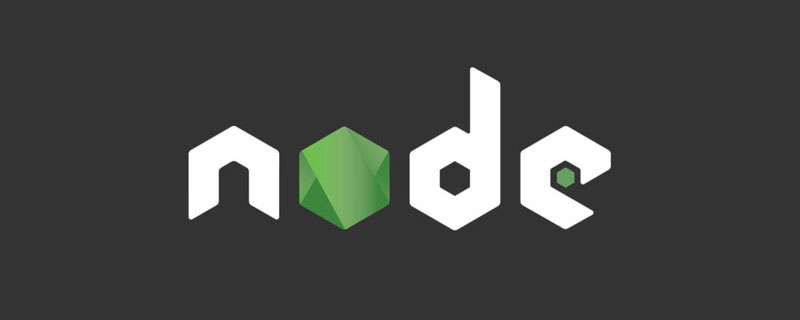 node爬取数据实例:聊聊怎么抓取小说章节May 02, 2022 am 10:00 AM
node爬取数据实例:聊聊怎么抓取小说章节May 02, 2022 am 10:00 AMnode怎么爬取数据?下面本篇文章给大家分享一个node爬虫实例,聊聊利用node抓取小说章节的方法,希望对大家有所帮助!


Hot AI Tools

Undresser.AI Undress
AI-powered app for creating realistic nude photos

AI Clothes Remover
Online AI tool for removing clothes from photos.

Undress AI Tool
Undress images for free

Clothoff.io
AI clothes remover

AI Hentai Generator
Generate AI Hentai for free.

Hot Article

Hot Tools

Safe Exam Browser
Safe Exam Browser is a secure browser environment for taking online exams securely. This software turns any computer into a secure workstation. It controls access to any utility and prevents students from using unauthorized resources.

Notepad++7.3.1
Easy-to-use and free code editor

MantisBT
Mantis is an easy-to-deploy web-based defect tracking tool designed to aid in product defect tracking. It requires PHP, MySQL and a web server. Check out our demo and hosting services.

Dreamweaver CS6
Visual web development tools

ZendStudio 13.5.1 Mac
Powerful PHP integrated development environment





